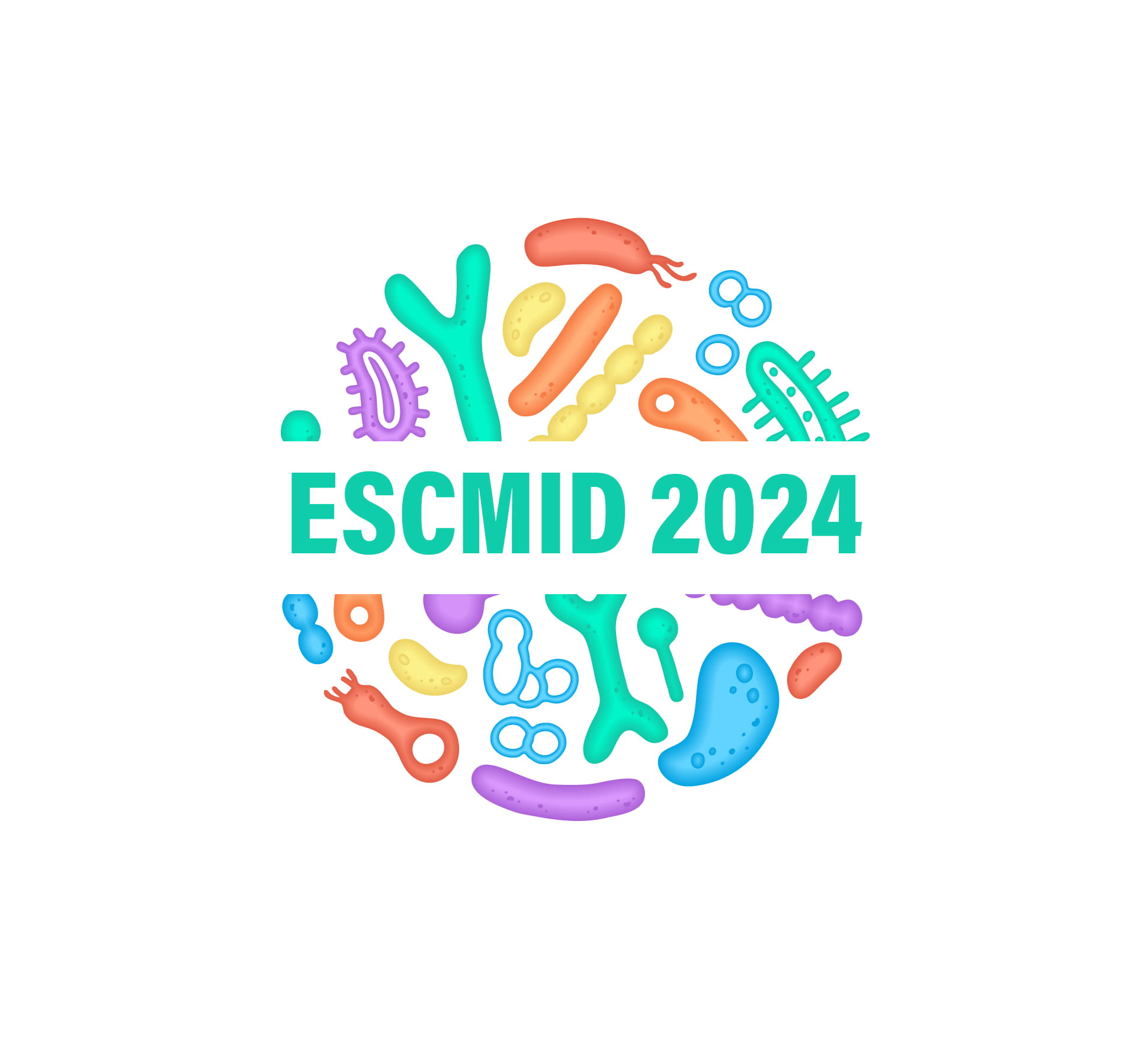AIDS 2024: Pharmacokinetics and HIV Viral Load Suppression of One Month-Daily Rifapentine and Isoniazid (1HP) for Tuberculosis Preventive Therapy Among Adults with HIV Taking Standard Dolutegravir Based Regimens
Speaker: Anchalee Avihingsanson
Individuals with Human Immunodeficiency Virus (HIV) were up to 20 times more likely to develop active tuberculosis (TB). TB preventive treatment reduced the progression to active TB by 60 to 90 percent. When taken with antiretroviral therapy (ART), it significantly reduced TB-attributable deaths. One high-dose isoniazid and rifapentine (HP) are considered effective and attractive TB preventive treatment regimens compared to Rifapentine (RFT). RFT had a longer half-life and was more potent, with slightly less cytochrome P450 enzyme induction potential. The effectiveness was approximately 85% with daily RFT dosing and somewhat less with weekly dosing. The SPRING trial demonstrated that the efficacy of Dolutegravir (DTG) at both 10 and 50mg was the same for the antiretroviral-experienced (ARV-E) population at week 48.
The A5372 study investigated the combination of one HP with DTG 50 mg twice daily (1 HP-DTG 50 mg BID) and found higher unexpected DTG concentrations than DTG without one HP, suggesting potential inefficacy in this regimen. Additionally, the DTG concentrations were higher than those in the Study of Dolutegravir-Based Regimens for Latent Tuberculosis Infection (Dolphin) trial's regimen of three HP with DTG 50 mg once daily (3HP-DTG 50 mg QD). The clearance of DTG from the A5372 study was 30 percent lower than that from the Dolphin trial, which involved participants from South Africa. The finding suggested that an extra dose of DTG might not be necessary, at least for the Thai population. Furthermore, a small study from Taiwan also showed that one HP with the standard dose of DTG maintained viral suppression at 12 months.
In 2019, the main Latent Tuberculosis Infection (LTBI) study was conducted, comparing one HP and Three HP among people with HIV from Thailand who did not have active TB or any cluster of differentiation 4 (CD4) cell count or viral load restrictions. At that time, efavirenz was the preferred regimen in Thailand. The analysis reported on the secondary endpoint, exploring the pharmacokinetics (PK) of DTG 50mg once daily as part of the Tenofovir, Lamivudine, and Dolutegravir (TLD) fixed-dose combination when used with One HP. Patients with viral suppression on a DTG-based regimen were enrolled in the sub-study. Both One HP and Three HP used weight-based dosing for the regimens in this study. The study is ongoing, and enrolment for the main study was completed last year.
Approximately 1,500 participants were enrolled from 15 sites across Thailand. The median age was 32 years, with the majority being male. The median body weight was 62 kg, and the median CD4 cell count was 350 cells/mm³. Nearly 22% of the participants had advanced HIV. Among them, about 293 cases were treated with DTG as part of the TLD regimen combined with One HP.
The study analysis revealed that one HP with a standard dose of DTG achieved high rates of viral suppression at 30 weeks, similar to the Three HP regimens with DTG and the EFV-based regimen. Viral suppression was maintained through weeks 24, 48, and up to week 144, with very low rates of HIV viral loads greater than 200 copies/mL. Only less than 1 percent had viral loads greater than 1,000 copies/mL, and adverse events were rare. Grade 3 and 4 adverse events were primarily related to elevated ALT levels due to hepatitis C and hepatitis B co-infections, with less than 0.1%of patients discontinuing the drug due to adverse effects. In the PK study involving 27 participants, 50% female, the median body weight was 68 kilograms, higher than the average body weight observed in the one HP and three HP groups. DTG exposure significantly decreased, with the area under the curve dropping by 37% and the concentration at the trough, decreasing by 73%. Despite these changes, all participants maintained undetectable viral loads three and six months after the PK study, with approximately 93% having DTG concentrations above the protein binding-adjusted Inhibitory Concentration-90.
In summary, co-administering one HP with a standard dose of TLD was well tolerated, and high rates of HIV viral suppression were achieved. The combination proves feasible, though its generalizability to non-Asian populations is limited as the study was restricted to Thai participants. The A5372 study will further explore one HP with normal dose DTG in a diverse HIV-positive population. Limitations include fewer observed side effects, possibly due to weight-based RFT dosing and a lower proportion of females. Overall, one HP with TLD reduces the pill burden and can be taken once daily, improving adherence for people living with HIV globally.
The 25th International AIDS conference (AIDS 2024). 22nd-26th July, Munich, Germany



